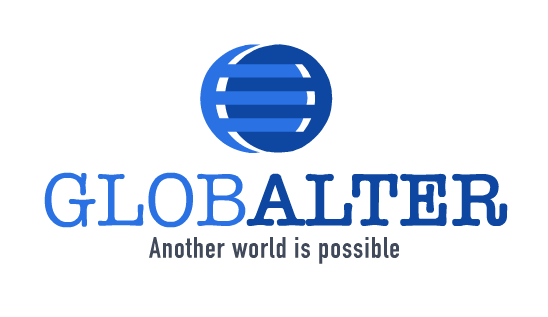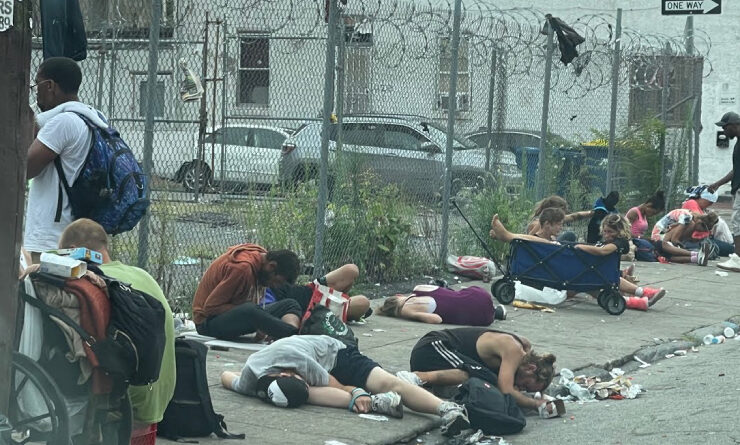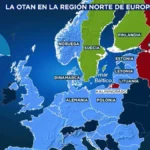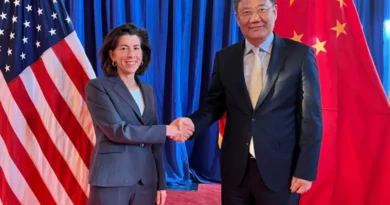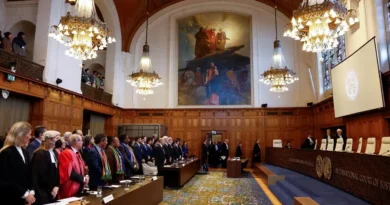Fentanyl: the largest narcotics crisis in US history
JAYRO SANCHEZ
It's been two years since the youtuber KimGary began posting on her channel the well-known videos about the massive presence of drug addicts on Kensington Avenue in Philadelphia. Under other circumstances, her recordings would be unremarkable and would not have been broadcast around the globe. But this town in the state of Pennsylvania is not the only one affected by the serious "narcocrisis" that the United States is facing.
The populations of some of the largest cities in this country, such as New York (New York), Los Angeles (California) or Austin (Texas), are also suffering the terrible consequences caused by the sale and consumption of drugs on a mass level. .
In fact, researchers at the US National Center for Health Statistics (NCHS) say that in 2021 alone (the latest date for which reliable data is available), 106.699 of their fellow citizens died from a overdose. Records of this type of death have increased by 33,8% since 2019, which means that the problem not only persists, but has worsened.
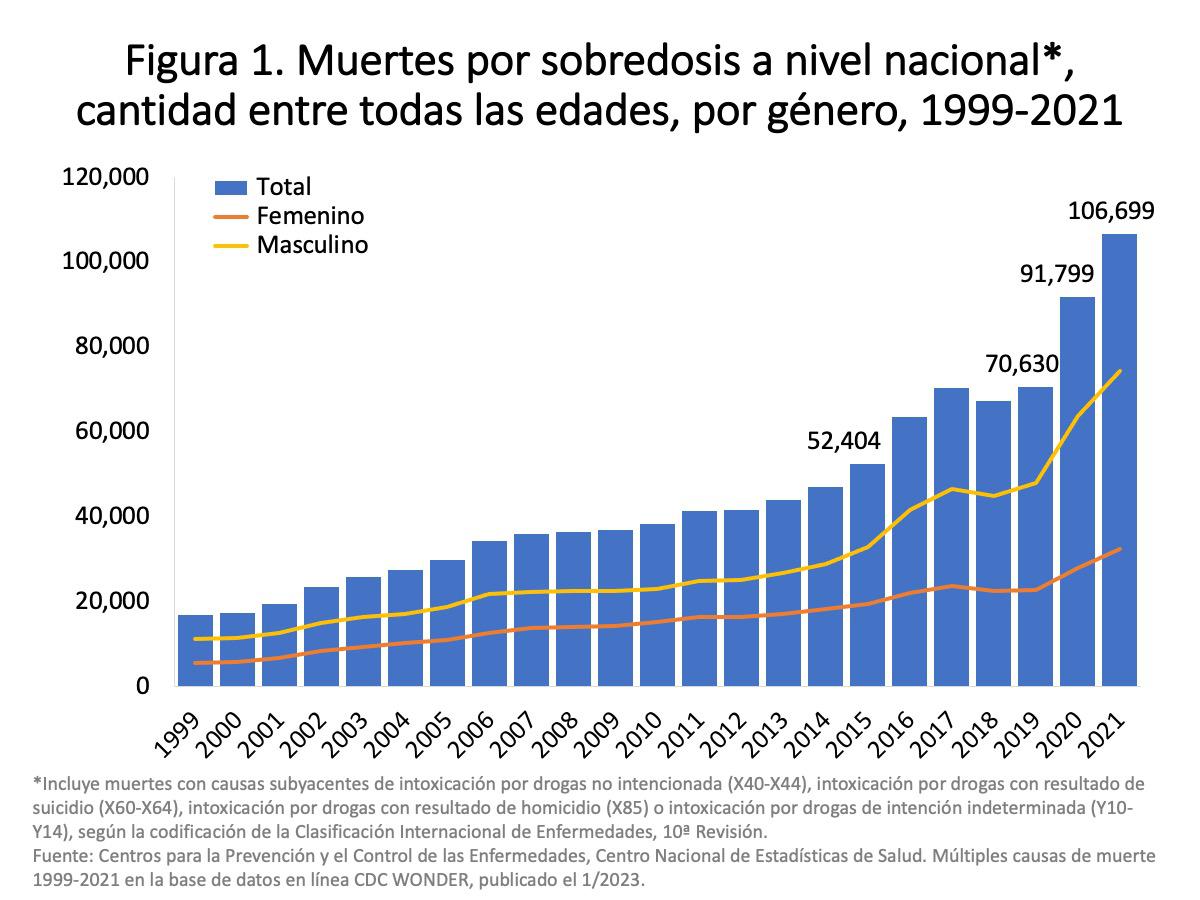
According to the Centers for Disease Control and Prevention (CDC), more than 80% of deaths can be related to the ingestion of opiates, and almost 85% are linked to the use of four substances: heroin, cocaine , methamphetamine and illegal fentanyl and its analogues.
The World Drug Report 2023 from the United Nations Office on Drugs and Crime (UNODC) states that more than 80.000 of the 106.699 deaths have been caused by opioids, and that, of them, 70.000 were caused by ingestion of opiates containing fentanyl.
100 times more effective than morphine
"Fentanyl is a synthetic opioid that is generally used to treat patients with severe chronic pain or severe pain after surgery," explain experts from the US Drug Enforcement Administration (DEA) on their website.
It is a substance similar to morphine, but about 100 times more powerful. Its use is legal, although only under prescription, supply and medical supervision, since it generates intense addiction and has very strong sedative effects.
Despite this, it is easy for addicts to get a dose thanks to the predominance of the private model within the US health system.
First, because the government agencies in charge of regulating their practices, such as the Food and Drug Administration (FDA), the Health Resources and Services Administration (HRSA) or the Substance Abuse and Mental Health Administration (SAMHSA), They do not have the resources, competences or influence capacity to monitor and intervene in this matter in the appropriate way.
And, secondly, because the majority of private insurance companies prefer to save the costs derived from sending their patients to medical specialists and use the "miracle" medication offered by the sales agents of pharmaceutical companies who visit their clinical centers and hospitable every so often.
History of a narcotic crisis
The first major health crisis related to opioids in the United States arose under these parameters in the 1990s, when pharmacological companies convinced doctors in their offices to recommend certain patients consume Roxicodone and OxyContin.
They were told that they did not need to take any precautions when ingesting these oxycodone pills, because after countless tests, their scientists confirmed that it was impossible for them to get hooked. The "epidemic" began in this way.
The authorities eventually realized that what was said about oxycodone was not true, so they established more rigid criteria for prescribing this substance. Although people who were already addicted to it switched to heroin because it was cheaper and easier to get.
It is evident that the various American federal, state and local institutions were already facing a serious problem before 2013, but just then they discovered that a new drug called fentanyl had become popular among opioid users.
Opioid expansion
This opiate was synthesized for the first time in 1960 by a research team under the direction of Belgian chemist Paul Janssen, founder of Janssen Pharmaceutica, which, today, is one of the most important subsidiaries of the North American medical multinational Johnson & Johnson.
The use of fentanyl in Europe and the United States was authorized, respectively, in 1963 and 1968. At first, doctors administered it as an anesthetic in surgical operations, but, decades later, consumable doses were developed in the form of pills, patches and tablets for relieve the pain of people who have contracted cancer and other serious illnesses.
Data collected by the National Institute on Drug Abuse shows that, before the increase in deaths from the ingestion of this substance and other synthetic opioids, the drugs that caused the most deaths were: prescription opiates, cocaine, heroin, antidepressants and benzodiazepines (diazepam, alprazolam and clonazepam).
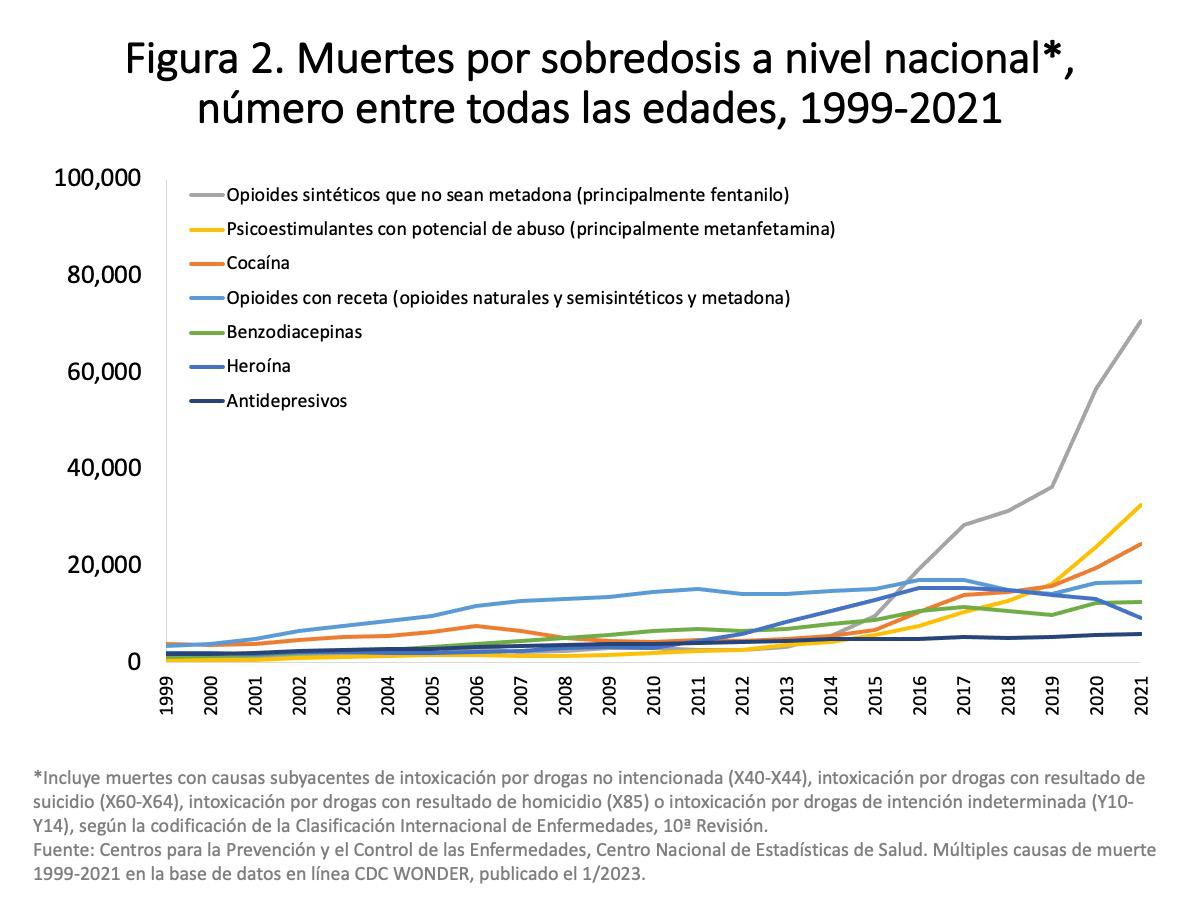
Most of the illegal narcotics consumed in the United States enter through the 3.185-kilometer land border that this country shares with Mexico, which was one of the key points on the Colombian cartels' cocaine transportation route for years.
When these fell, their Mexican counterparts took control of their production centers and distribution networks while continuing to offer the traditional products grown in the mountains of Sinaloa: marijuana and opium.
Border
Cocaine and heroin were the two most lucrative elements of Mexico's "narco" business well into the XNUMXst century. Although, when they became aware of the enormous demand for fentanyl, they decided to market the drug, since its production costs are lower than those of other opioids.
Reports collected by the UNODC detail that Mexicans buy the precursor materials necessary to create the substance in China. Then, they transport them to their clandestine laboratories in America, where they make fentanyl itself. In the end, it is introduced into the United States through the different smuggling routes that cross the American land or maritime borders.
Earlier this year, the current director of the DEA, Anne Milgram, asked the Mexican president, Andrés Manuel López Obrador, to make more efforts to stop drug manufacturing and trafficking in his territory. She also accused the Sinaloa Cartel and the Jalisco New Generation Cartel (CJNG) of being mainly responsible for the narcotic "epidemic" that is devastating the United States.
For his part, López Obrador criticizes the US government for blaming Mexico for the situation, since criminal organizations in his country sell drugs across the border because there is a strong demand for narcotics there.
Furthermore, the cartels' arsenals are full of weapons purchased from companies such as Smith&Wesson, Colt or Barrett in the US, where the Bureau of Alcohol, Tobacco, Firearms and Explosives (ATF) cannot close the networks that introduce more than half a million of illegal weapons each year on Mexican soil.
A new conflict against drugs?
Some members of the most extremist wing of the Republican Party have taken advantage of the situation to propose a possible categorization of drug trafficking cartels as terrorist groups and the granting of powers to the US president, Joe Biden, to launch military operations in the sovereign territory of Mexico with the goal of ending the production and smuggling of fentanyl.
However, for the US to be able to carry out these hypothetical force actions on the ground, it would need the permission of its southern neighbor. And President López Obrador has declared that "we are not going to allow any foreign government to intervene, much less the armed forces of a foreign government" in Mexico.
In any case, it has already been shown that the "war on drugs", promoted by several US administrations since the late 1960s, has constituted one of the most notorious failures of the US State in foreign policy.
This is demonstrated by the growing number of narcotics users, which, according to the latest UNODC annual report, reached 296 million people worldwide in 2021. Likewise, 39,5 million of them suffered from disorders due to their intake.
Alternatives
The American writer Don Winslow, an expert on American organized crime, assures that the problem of drug addiction will never be completely solved by restricting supply. On the contrary, he thinks that the authorities must act in the field of demand and reflect on the causes that incite people to consume.
The Italian journalist Roberto Saviano, who revealed the structure and functioning of the Neapolitan Camorra in his famous essay Gomorrah (2006), believes that drug trafficking can only be ended through the legalization of drugs.
The measure would bankrupt many international criminal groups, and if states obtained the profits generated by the sale of these substances, they could use them to develop treatments and prevention programs.
Jayro sanchez is a Spanish journalist.
